Aerial view of Ontario Place gazing east toward the city, after 1980, Toronto Archives, S 1465, Fl 0361, Item 0012
My initial visit to Ontario Place was during the summer of 1971. It had officially been opened by Premier Bill Davis on May 22nd of that year, and though I had read about it in the newspapers and viewed film coverage of it on television, it was even more impressive than I had expected. I still remember crossing the glass-covered bridge that spanned the Lakeshore Road, connecting Ontario Place to the mainland. The view of the city to the east and the sprawling islands of Ontario Place, set amid the blue waters of the lake, was magnificent. Perhaps the most eye-catching feature of all was the geodesic-like dome named Cinesphere.
Construction on Ontario Place commenced on March 17, 1969. Three islands were built by dumping landfill into the shallow waters at the edge of Lake Ontario, to the south of the Canadian National Exhibition (CNE). The islands were connected by bridges and walkways. Three old lake freighters were sunk on the southeast side of the park to create a breakwater; behind it was a marina. The total size of the grounds was 96 acres, of which 51 were landfill. On the islands were five futuristic pods (buildings), designed by architects Craig, Zeilder, and Strong. Constructed on steel stilts, the glass and steel structures hovered high above the water. They contained displays, multi-media exhibitions, and restaurants. Scattered throughout the grounds were boutiques, shops, food kiosks, and pubs. Visitors were able to rent paddle boats to navigate the lagoons among the islands.
The concert venue, named the Forum, had a seating capacity of 1500, with another 8000 sitting on the hills that surrounding it on three sides. It contained a circular outdoor stage in an amphitheatre that resembled those of ancient Greece. However, the one at Ontario Place had a canopied roof. Those who were unable to locate seats, sat on the grassy hill surrounding the stage. On weekends, the Forum featured continuous entertainment, including bands, dancers and vocal performers. The total cost to the Ontario Government to build the park and entertainment centre was $29 million.
The enormous dome, Cinesphere, which possessed a 19-metre radius, contained a theatre with a seating capacity of 800. It was the world’s first permanent IMAX movie theatre, one of the inventors of IMAX being the Toronto filmmaker Graeme Ferguson. Cinesphere was similar in appearance to “Spaceship Earth,” built in 1982 at Walt Disney’s Epcot Centre. It has been referred to as the world’s biggest golf ball. The curved movie screen inside Ontario Place’s Cinesphere was the equivalent in height of a six-storey building.
In 1971, it screened the IMAX film “North of Superior,” which captured the splendour of the province’s far north. The most dramatic scenes were those where the cameras, mounted in a helicopter, swept through deep valleys between the canyon walls of jagged rock, and then, suddenly soared upward over the endless forested hills and sparkling blue lakes. It was similar to a virtual reality experience of today, as the audience was a part of the scene, travelling above the rugged landscape. People reacted by leaning in their seats, to the left or right, their movements synchronized with the cameras. They felt as though they were actually flying alongside the photographers.
When the park was officially opened, it was described as a site that would be continually changing—a work in progress. This was not an exaggeration. The following year, a Children’s Village was added, and in 1973, a water-play area. The waterslide appeared in 1978, the first one built in Canada. The same year the canopy over the stage at the Forum was replaced with one of copper. Bumper boats were also added in the late-1970s for those who wished to have fun on the water of the lagoons.
In 1980, seven tall silos, linked by walkways, were constructed on the west island. Named Ontario North, the silos displayed the wild life of northern Ontario. In 1981, a 70 mm film festival was held, and for the first time, Cinesphere screened films other than IMAX.
In 1982, Future Pod opened in Pod Five; in it were displays of the province’s advancements in technology, communication and energy. It included a full size replica of the “Canadarm,” a robotic appendage used on space craft, in zero gravity. In 1984, on the west island, the Wilderness Adventure Ride was constructed. It was a flume ride (log ride) where people sat in boats that resembled large logs and were propelled down a 40-foot high narrow trough containing gushing water. At the bottom of the trough was a pool, and when the log-boat hit it, it created an enormous splash, invariably drenching the riders.
In 1991, to celebrate the 20th anniversary of the park, free admission was offered. Also, the Festival Stage was built near the Children’s Village as a venue for children’s programming. In 1992 Bungee jumping appeared for those more adventurous, but it did not become a permanent feature of the park.
During the winter of 1994, the Forum was demolished to create the Molson Canadian Amphitheatre. It seated 16,000, whereas the previous venue had held a combined total of 10,500. It opened in 1995 and was immediately popular, despite the misgivings among many fans over losing the original Forum. The same year, the demolition of the older waterslides permitted the building of the Rush River Raft Ride; it possessed rafts that accommodated five people. They descended from a height that was the equivalent of an eight-story tower.
The park continued to expand during after the dawn of the 21st century. Among the additions were new restaurants, water slides, and a South Beach volley ball complex. The water in the slides was heated to provide a degree of comfort on cooler days.
In 2006, I shall never forget attending the Rogers Chinese Lantern Festival, installed on the west island. Strolling along the many pathways after dark, I marvelled at the amazing creations. Lanterns were employed to build palaces, markets, replicas of world famous buildings, and streets scenes. There was even a huge dragon that slithered through the water of one of the lagoons.
In 2009, the section of the Martin Goodman Trail near Ontario Place was opened, creating a direct bike path along the city’s waterfront to Ontario Place. The same year, the Event Tent in Market Square was altered to become Heritage Square. For several years, when the CNE was in operation, its entrance fee included Ontario Place. When attending the late-summer fair, I enjoyed walking along the paths of Ontario Place, beside the cooling water of the lake. It was a welcome relief from the hustle and bustle of the CNE and the noisy midway.
Despite the many features that were introduced over the years, and I have not listed them all, attendance slowly dwindled. One of the factors was that the city increasingly offered more choices for places to visit, especially during the summer months. In 2011, the government announced that there were plans to redevelop Ontario Place, and it was closed on October 25th of that year. However, in 2015, the West Channel of Ontario Place was employed as the CIBC Pan Am Park, which featured events involving various endurance courses and water sports.
Though there have been a few hints and speculations in the press about the future of Ontario Place, Torontonians still must wait to see what actually will materialize for the park on the shoreline of Lake Ontario. It is hoped that the revitalization will be complete in 2017, in time for the nation’s 150th anniversary of Confederation.
Sources: www.ontarioplace.com / www.the star.com / article by Janice Bradbeer in the Star on May 15, 2016.
Note: it was the article in the Star by Janice Bradbeer that inspired this post. I am grateful for her excellent article.
For news about plans for the Ontario Place of the future: www.cbc.ca/news/…/ontario-place
Ontario Place, the camera pointed west toward Humber Bay. The Lakeshore Road and the CNE Stadium are visible. Toronto Archives, S 1465, fl 10361, Item 0032.
View looking northwest. In the distance is the glass-covered bridge connecting Ontario Place to the mainland. In the foreground is a sailing boat moored at a wharf, and behind it the pods that contained exhibits. Toronto Archives, F 1465, Fl 10361, Item 0001.
Cinesphere, which housed the IMAX theatre, one of the pods in the foreground. Toronto Archives, F 1465, Fl 10361, Item 0003.
View of the west side of Cinesphere, where the exit from the theatre was located. Toronto Archives, F0124, fl 0009, Id 0024.
View of Ontario Place in 1978, the camera looking east toward the Toronto skyline and the CN Tower.
View of one of the pods in 1978.
Looking east along a bridge from the west island, a slice of the CN Tower visible in the upper left-hand corner. Toronto Archives, F0124, Fl 0009, id 0101.
The eastern side of the same bridge as in the previous photo. Toronto Archives, F 0124, Fl 0009, id. 0105.
The silos built in 1980, named “Ontario North,” which displayed the wild life of the northern part of the province. Toronto Archives, F0124, fl 0009, id. 0118.
Bumper boats, introduced in 1980 for the lagoons between the islands. Toronto Archives, S 1465, Fl 0150, id 0004.
Water slide at Ontario Place, Toronto Archives, S 1465, fl 10393, Item 0008.
A dining/pub restaurant near the marina, Toronto Archives, F1465, Fl 0071, Item 0071.
View gazing south at sunset from the shoreline of the lake, Toronto Archives, S1464, F10332, Item 0025.
After dark, Ontario Place was a place to relax and have fun with friends and family. Toronto Archives, F1465, fl0332, id 0025.
To view the Home Page for this blog: https://tayloronhistory.com/
For more information about the topics explored on this blog:
https://tayloronhistory.com/2016/03/02/tayloronhistory-comcheck-it-out/
The publication entitled, “Toronto’s Theatres and the Golden Age of the Silver Screen,” explores 50 of Toronto’s old theatres and contains over 80 archival photographs of the facades, marquees and interiors of the theatres. It relates anecdotes and stories by the author and others who experienced these grand old movie houses.
To place an order for this book:
Book also available in Chapter/Indigo, the Bell Lightbox Book Shop, and by phoning University of Toronto Press, Distribution: 416-667-7791 (ISBN 978.1.62619.450.2)
Another book on theatres, published by Dundurn Press, is entitled, “Toronto’s Movie Theatres of Yesteryear—Brought Back to Thrill You Again.” It contains over 125 archival photographs and relates interesting anecdotes about these grand old theatres and their fascinating histories.
The book is available at local book stores throughout Toronto or for a link to order this book: https://www.dundurn.com/books/Torontos-Local-Movie-Theatres-Yesteryear
Another publication, “Toronto Then and Now,” published by Pavilion Press (London, England) explores 75 of the city’s heritage sites. It contains archival and modern photos to allow readers to compare scenes and discover how they have changed over the decades. For further information follow the link to Amazon.com here or contact the publisher directly by the link below:
http://www.ipgbook.com/toronto–then-and-now—products-9781910904077.php?page_id=21
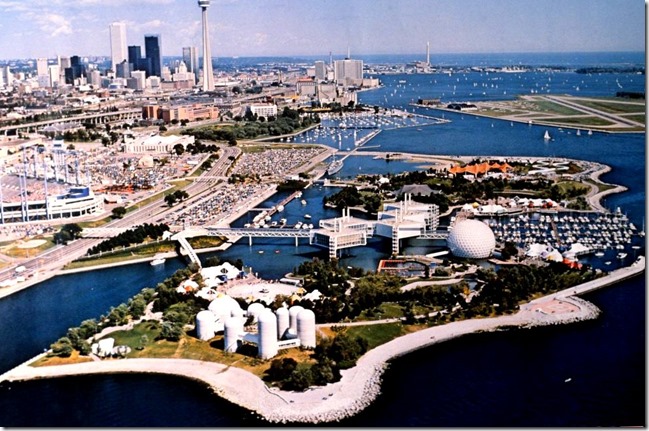
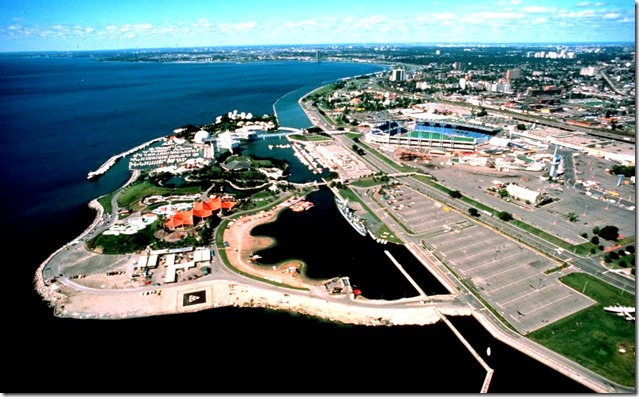
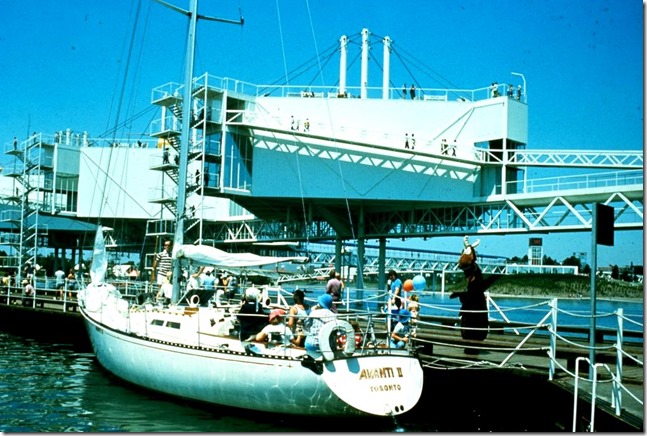
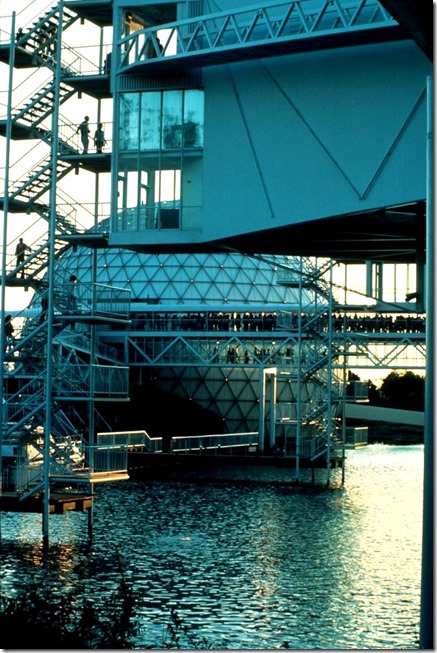
![f0124_fl0009_id0024[1] f0124_fl0009_id0024[1]](https://tayloronhistory.com/wp-content/uploads/2016/08/f0124_fl0009_id00241_thumb.jpg)
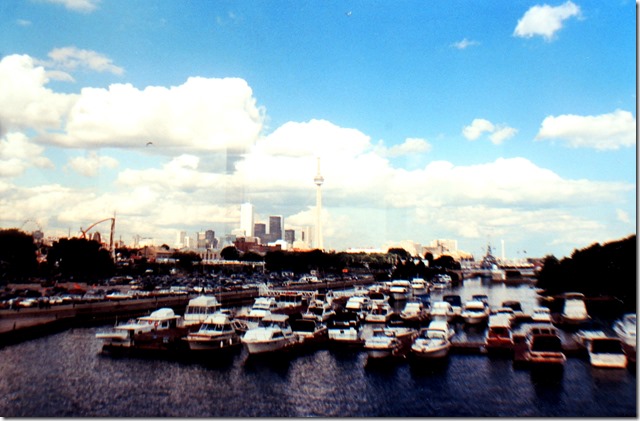
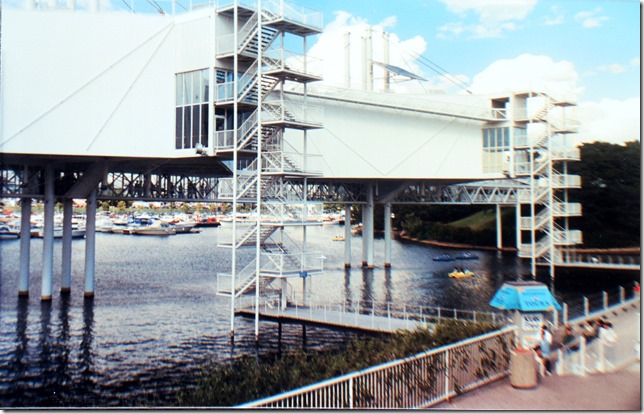
![f0124_fl0009_id0101[1] f0124_fl0009_id0101[1]](https://tayloronhistory.com/wp-content/uploads/2016/08/f0124_fl0009_id01011_thumb.jpg)
![f0124_fl0009_id0105[1] f0124_fl0009_id0105[1]](https://tayloronhistory.com/wp-content/uploads/2016/08/f0124_fl0009_id01051_thumb.jpg)
![f0124_fl0009_id0118[1] f0124_fl0009_id0118[1]](https://tayloronhistory.com/wp-content/uploads/2016/08/f0124_fl0009_id01181_thumb.jpg)
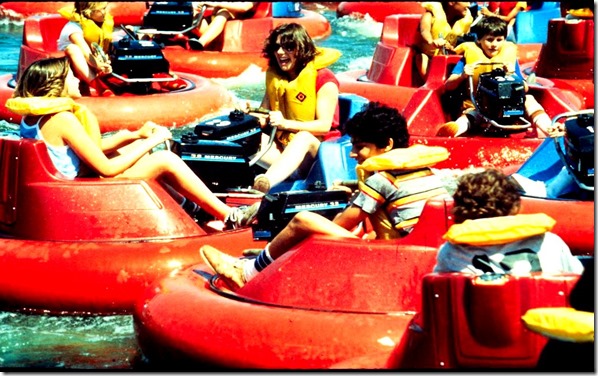
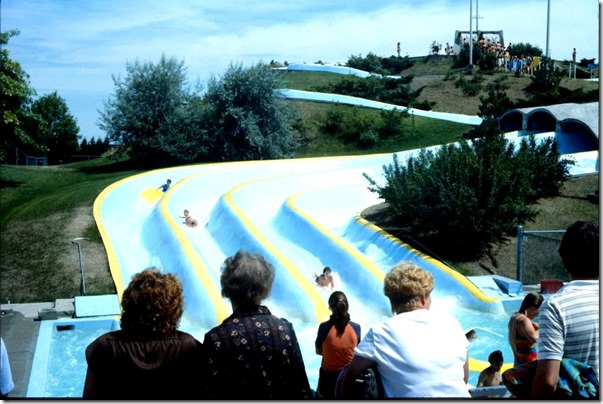
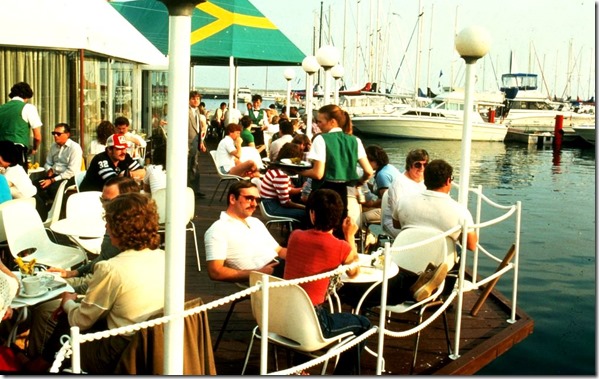
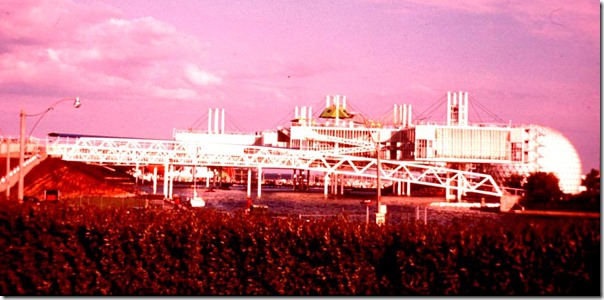
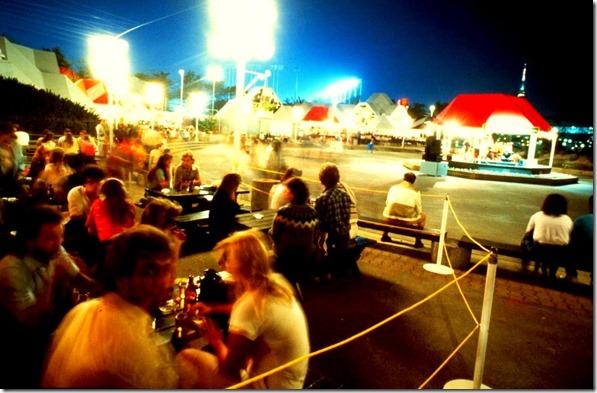
![cid_E474E4F9-11FC-42C9-AAAD-1B66D852[1] cid_E474E4F9-11FC-42C9-AAAD-1B66D852[1]](https://tayloronhistory.com/wp-content/uploads/2016/08/cid_e474e4f9-11fc-42c9-aaad-1b66d8521_thumb1.jpg)
![image_thumb6_thumb_thumb_thumb_thumb[2] image_thumb6_thumb_thumb_thumb_thumb[2]](https://tayloronhistory.com/wp-content/uploads/2016/08/image_thumb6_thumb_thumb_thumb_thumb2_thumb1.png)


